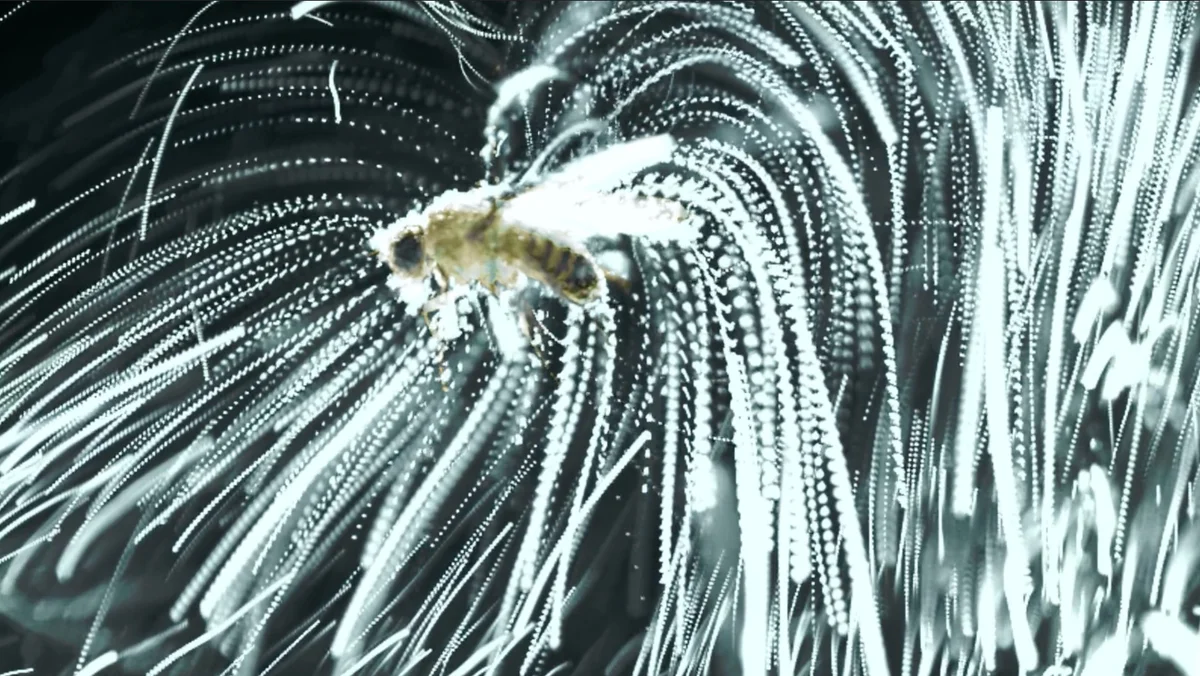Copyright Interesting Engineering

According to researchers from the Korean Institute of Science and Technology, the seamless integration of optical and mechanical functions showcases a new era of biomimetic robotics, where adaptable soft materials enable sophisticated autonomous behaviors and open pathways for advanced optomechanical machine design. Last year, a South Korean team, inspired by octopus adaptations, developed a metamaterial-based soft machine capable of real-time, multifunctional shape and mechanical properties tuning. Octopus-inspired robotics Nature inspires soft robotics, as organisms combine efficiency, flexibility, and multifunctionality. Many feature regions with differing mechanical properties, guiding robots with complex, adaptable movements. Recent research on dielectric elastomers, hydrogels, and electroactive polymers shows enhanced responsiveness. Octopus-inspired designs stand out for flexible, adaptive tentacle-like motion, but most focus on a single function and cannot combine camouflage, locomotion, and gripping, as current materials often lack coordinated optical and mechanical integration. Liquid crystal elastomers (LCEs), especially cholesteric LCEs (CLCEs), offer a solution. Their anisotropic molecular structure allows precise shape changes and, in the case of CLCEs, structural color changes under mechanical deformation. Building on these properties, researchers developed OCTOID, an octopus-inspired soft robot that combines shape morphing and dynamic color modulation. Its bilayer design features an active layer that changes shape and color and a passive layer that provides stiffness and optical transparency. These layers enable reversible, programmable movements and adaptive camouflage, demonstrating multifunctional soft robotics in a single, integrated system. Dynamic soft robots To create OCTOID’s modular actuating legs, researchers fabricated active (AL) and passive layers (PL) from cholesteric liquid crystal elastomers (CLCEs) using a bottom-up self-assembly of reactive mesogens, crosslinkers, and chain extenders. ALs, with lower crosslinker and cRM concentrations, were soft and displayed visible structural colors, while PLs, with higher concentrations, were stiff and transparent. These bilayers were covalently bonded via secondary UV curing, ensuring strong interfacial adhesion and stability over 100 actuation cycles. Camouflaging legs used two ALs with embedded Nichrome wires for Joule heating. Applying electrical power induced contraction, shifting colors from blue to red in under 40 seconds. The contraction ratio correlated with temperature, reaching 29.8 percent at 4 W, and remained stable over repeated cycles. Moving legs combined AL and PL asymmetrically, generating bending via differential thermal expansion. Optimal bending required an AL:PL thickness ratio of 8:1, enabling controlled directional motion. Movement tests showed OCTOID could travel 20 mm at 0.45 mm/s under 4 W, with reversible bending maintained over 100 cycles. According to reseachers, grabbing legs combined AL contraction with PL bending to wrap and lift objects up to 6 g—30 times the leg’s weight—with 90 percent performance retained after 100 cycles. OCTOID could manipulate objects of varying shapes and materials, while camouflaging its legs, dynamically adapting colors to match complex environments. These tests demonstrate reliable, multifunctional soft robotic performance integrating motion, grabbing, and adaptive optical control. Researchers highlighted the current challenges for OCTOID, including slow thermal response and potential fatigue of CLCEs, and the weight of nichrome wires limiting flexibility. Solutions involve faster heating/cooling methods, long-term stability testing, and lightweight conductive alternatives like polymers or nanocarbons. Enhancing thermal transfer and mechanical robustness will improve actuation speed and reliability, while reducing weight and energy use. Overcoming these limitations will expand OCTOID’s versatility, advancing soft robots capable of sensing, learning, and adapting autonomously. The details of the team’s research were published in the journal Advanced Functional Materials.



